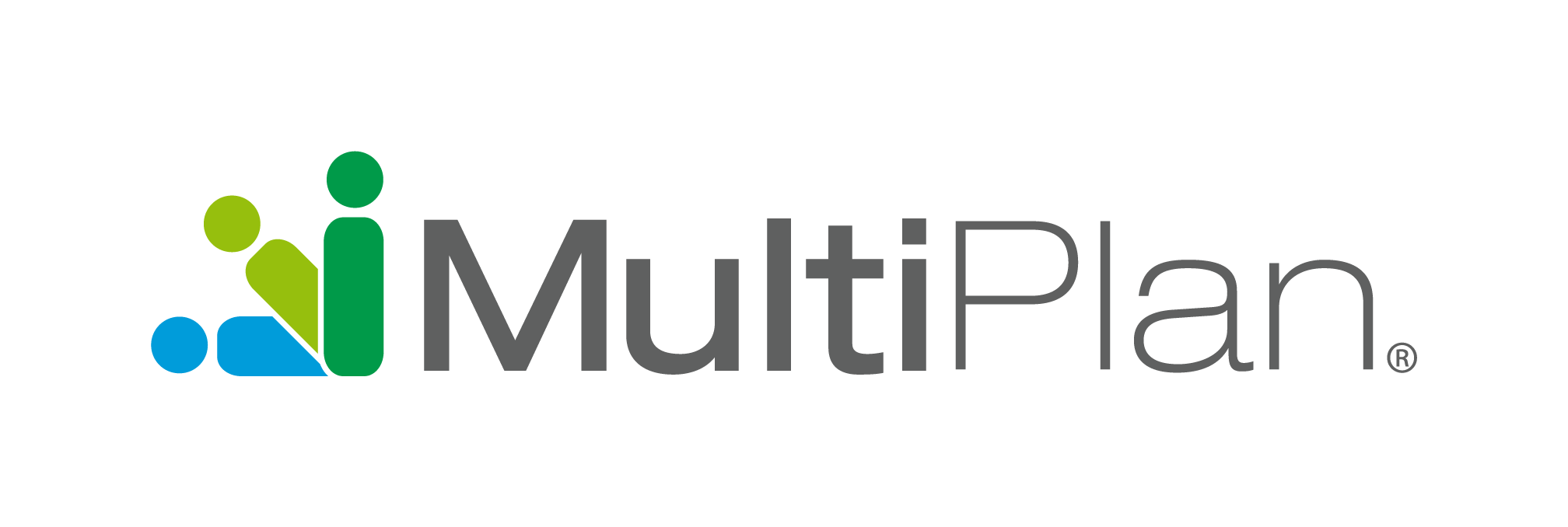Medicare Advantage (MA) enrollment is on the rise, helping to boost health plans’ annual profits to $35.7 billion in 2019.1 These enrollment increases are expected to continue through 2020, so it’s critical to make sure the Centers for Medicare and Medicaid Services (CMS) properly pays you for all your Medicare Advantage members—especially when it comes to members with End-Stage Renal Disease (ESRD).
End-Stage Renal Disease (ESRD) is the final stage of Chronic Kidney Disease that requires patients to undergo costly dialysis treatments or kidney transplants. Members with ESRD account for a disproportionate amount of medical expenses. Experience shows that health plans are underpaid an average of $60,000 in CMS premiums for each misidentified or inappropriately documented member with ESRD. Without a strategy to identify these members, your MA plan could be missing out on millions of additional premium dollars from the Centers for Medicare and Medicaid Services (CMS).
CMS allows health plans to identify, investigate, and restore up to 84 months of underpaid premiums for members with ESRD. Your plan maintains responsibility for identifying those ESRD members and ensuring data is validated and corrected according to CMS guidelines. It can be a challenge to sift through CMS monthly membership reports (MMRs), plan eligibility files, and claims data to find any potentially underpaid premiums.
However, with a systematic approach, plans can gain control of ESRD member statuses and restore underpaid premiums. Let’s look at five ways you can take control of your ESRD premiums.
#1: Explore the hidden value in your data
Your data is critical to restoring underpaid ESRD premiums. Potential missing flags can be hidden in various, disparate data sources and take years to uncover. You will want to dedicate resources and analytics to bring these data sources together and surface anomalies. By regularly combing through MMR, eligibility, and claims data going as far back as 84 months, you can identify likely ESRD members that require further investigation.
#2: Investigate cases that show opportunity
After using your data to identify possible opportunities for ESRD premium restoration, you will want to investigate each case to determine what funds may be owed to you. With the right investigation process, you can determine the root-cause issues for each ESRD member you identified. Then outline the right process you need to follow to address the issues with the appropriate submitting authorities.
#3: Remediate the case
Once you have properly investigated the possible ESRD case, you will want to use that information in your remediation efforts. Your investigation will have uncovered the root cause of the problem, inaccurate or incomplete submissions, and any inconsistencies in the data. In your remediation efforts, you will use the right method of outreach and coordinate with dialysis centers, CMS, or other third parties to ensure the information is corrected and updates are confirmed.
#4: Restore underpaid premiums
Your investigation and remediation efforts will have given you the information you need to seek premium restoration. At this point, you will have corrected the information and submitted it to CMS for restoration. As soon as that has been done, you will want to diligently track and reconcile restored premiums and monitor future premiums for accuracy for as long as it takes to make sure revenue is fully realized.
#5: Monitor premiums
After you have worked to restore premiums, you will want to continue to ensure that all ESRD members are identified. Whether you review data on a monthly basis or do a health check twice a year, you will want to ensure that identified ESRD member statuses continue to be reported accurately and that correct premiums continue to be paid. Plans that take a systematic approach to analyzing and reconciling their ESRD membership can successfully restore underpaid premiums and ensure accurate premium payments going forward. Many plans find that partnering with an experienced ESRD premium restoration vendor to focus on the things outside the plan’s control can help maximize results.
Learn more about how MultiPlan’s Revenue Integrity Services can help you restore underpaid premiums for members with ESRD.
1Fierce Healthcare, “Health insurers’ profits topped $35B last year. Medicare Advantage is the common thread,” February 24, 2020.
Previously published on the former Discovery Health Partners website.

